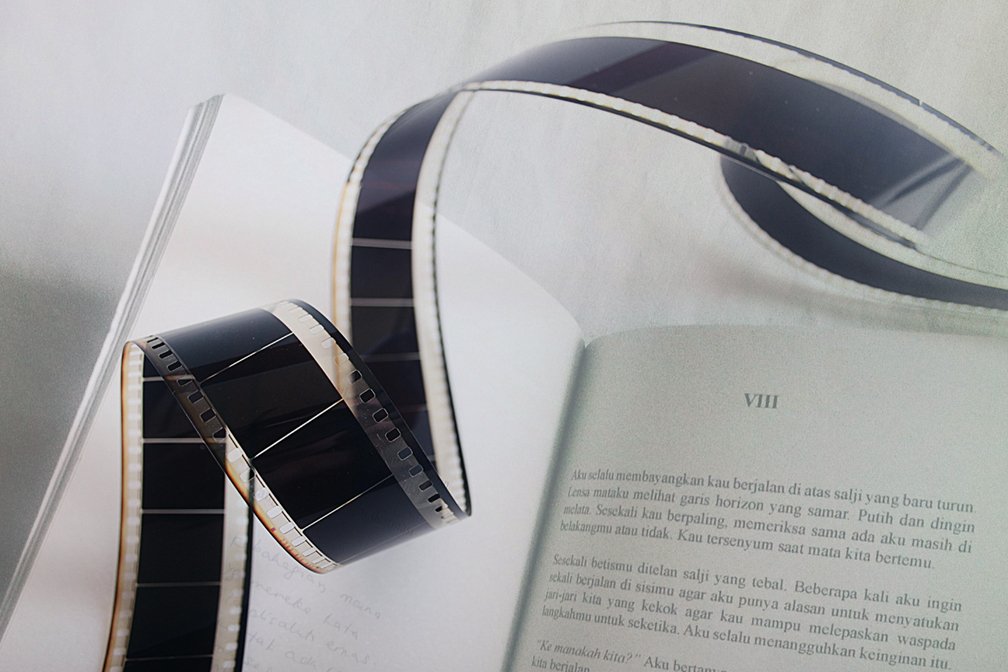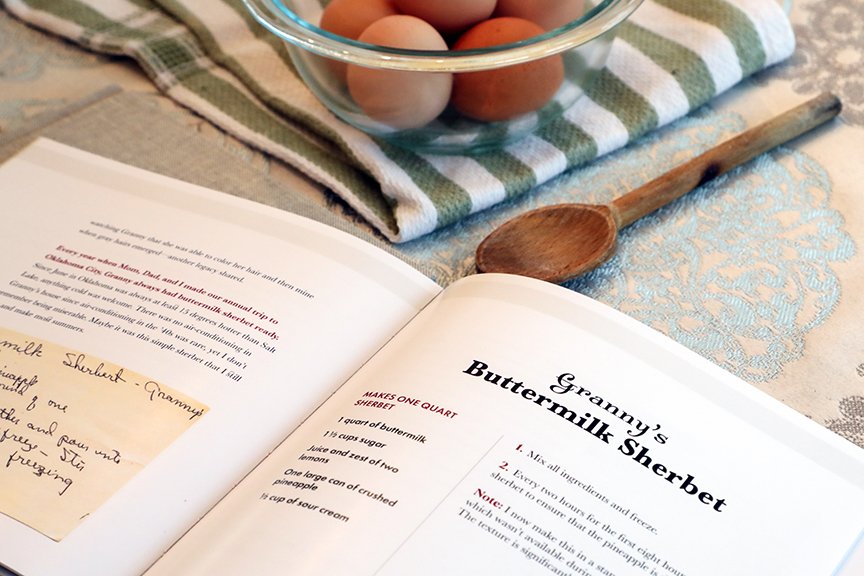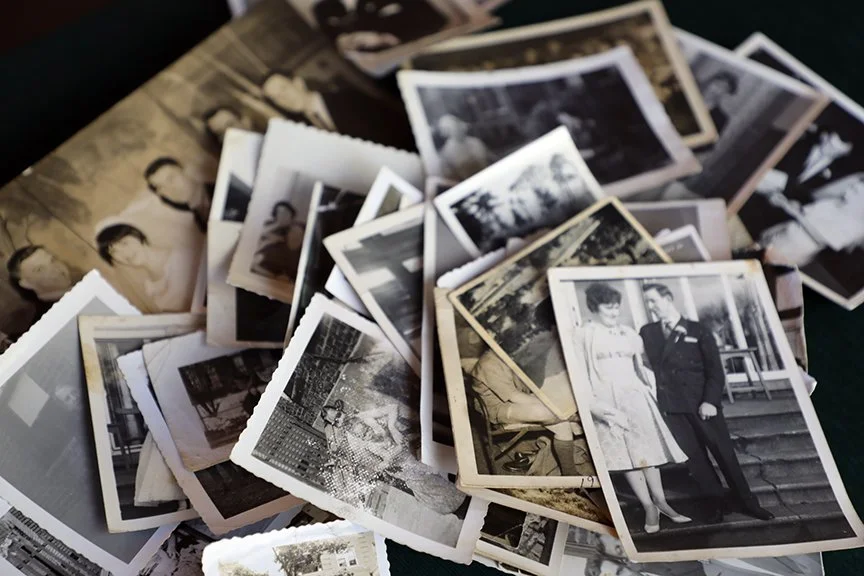I have never spoken to a prospective life story client who didn’t express a sense of overwhelm. It’s inevitable! We envision a finished project—a hardcover memoir, for example—and can’t begin to fathom what steps to take to reach the finish line.
Breaking any big project down into easy-to-follow steps is the best way to combat overwhelm. So here are 10 essential—actionable!—steps you can take to begin your family history interview project:
10 essential steps to jump-start your family history project
Decide who you want to interview first.
If you are considering interviewing multiple members of your family to capture their history, I recommend starting with the oldest ones. Other factors may also dictate who gets interviewed when, such as geographic proximity—so if your grandfather only comes to town once a year, definitely take advantage of that time to sit down with him to conduct an interview, and also ask questions about photographs or names on a family tree.
Plan out your interview schedules.
Start with just the first person you are interviewing. I recommend a minimum of two interview sessions (generally between 1-3 hours each depending upon your subject’s eagerness and physical stamina). These should be sufficient to capture favorite personal and family stories and answer specific genealogy questions you may have. If you prefer to dive deeper and aim towards a memoir-type finished product, six interview sessions, while ambitious, is generally enough to review one’s whole life in a substantive way. I recommend scheduling these interview sessions in advance; deadlines will help keep your project rolling, and the advance notice to your subject ensures they can set adequate time aside.
Gather memory prompts beforehand.
Collect photos, family heirlooms, journals, and other mementos that may be helpful as memory prompts and that will encourage storytelling. You can download this free inventory list to help identify, find, and keep track of items—while not everything will apply to you, it will give you a framework and ideas of what to look for.
Create a basic timeline of events for each person you are interviewing.
Ask your subject to jot down a chronological list of milestones and transitions in their life—birth, school graduations, becoming a parent, entering the military, etc. They should include major historical events for reference, too (or you can add those in later). This timeline will serve as a touchstone for your subject during interviews, and also as a reference for you when generating questions.
Write out your interview questions.
Try sticking to one topic or one period of your subject’s life in each interview so you can go in-depth. Prepare your list of questions in advance, but remember that it’s okay—even good—to let your storyteller wander in an unexpected (unplanned) direction when they are in the flow!
Use at least two recording devices to capture your interviews.
You don’t want to be in a situation where you’ve just completed a fruitful, lively storytelling session only to realize the batteries in your voice recorder died midway through the interview! Always be prepared with fresh batteries and chargers, and always use at least two recording devices in case one fails. You might use a digital voice recorder and a recording app on your phone or tablet; or a video recorder plus a voice recorder, for example.
At the beginning of each recording, state the facts.
Say out loud who you are, who else is present, where you are, and the date. This may feel like overkill, but stating (and spelling!) names will be immensely helpful when it comes time to transcribe your recordings, and providing the other details will provide context when you begin editing.
Be clear that your interview subjects have complete control over their stories.
Establishing a sense of respect and trust early on, even with a family member, is important. Let them know that if they share anything during an interview that they later decide they would NOT like to include in the book, you will honor their wishes.
Embrace silence.
Allow your interview subjects time to think without jumping in—often the best stories come after a long pause!
Once recording is complete, name your file and back it up.
Whether you generated an MP3, MP4, or a .wav audio file, make sure you change the file name to reflect your subject and the date (for example, mary-smith-interview-22-05-2022). Then, copy it to a predictable location on your computer’s hard drive, and copy it to at least one other secure location—perhaps in the cloud, or on an external hard drive.
Next steps for bringing your family history project to fruition
Some people say family history is never finished—and while I couldn’t agree more, I will say it’s important to work towards completion of one chapter of our family histories at a time!
If you’ve gone through the initial ten steps above and are wondering what to do next, here are a few ideas for turning those family stories into heirlooms to be cherished for generations:
Transcribe all of your audio recordings so they can be read—and maybe one day edited into a book.
Enlist a professional (or maybe your tech-savvy teen) to edit those long audio interviews into manageable, bite-sized chunks—think tiny chapters of an audio book, or episodes of your own family history podcast!
Gather photos to accompany the audio narratives and turn everything into a life story book. Search our members directory for a professional personal historian who can help.
Start all over again. Whaaaaat?! Seriously, who else in your family has stories to tell? Maybe it’s YOU—consider hitting “record” and narrating your own personal history for posterity, or asking a friend or loved one to be your sounding board.
Share!! In whatever form you choose, share the precious stories you have recorded with loved ones and, of course, with your interview subjects themselves. Stories invite more stories, and weaving them into the fabric of your family’s life is a wonderful gift.
Dawn Roode, a personal historian based in northern New Jersey, helps individuals, families, and family-run businesses preserve their legacies in bespoke coffee table books.





















